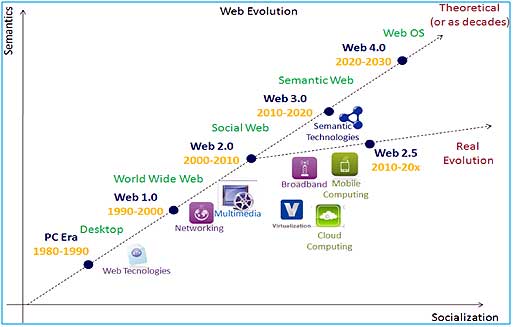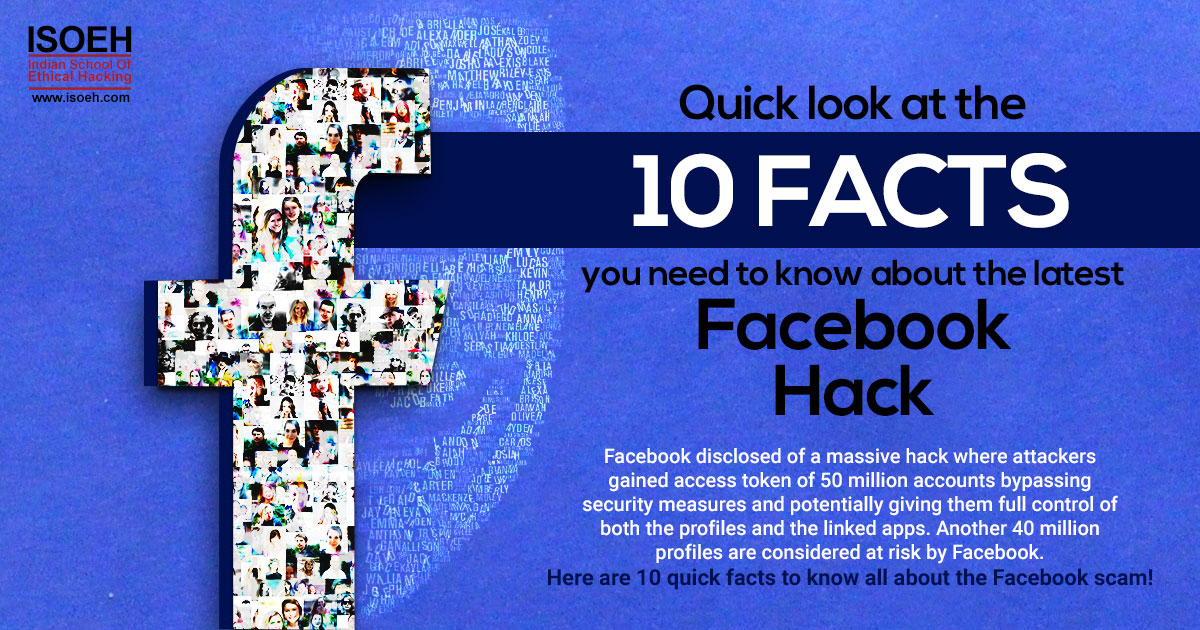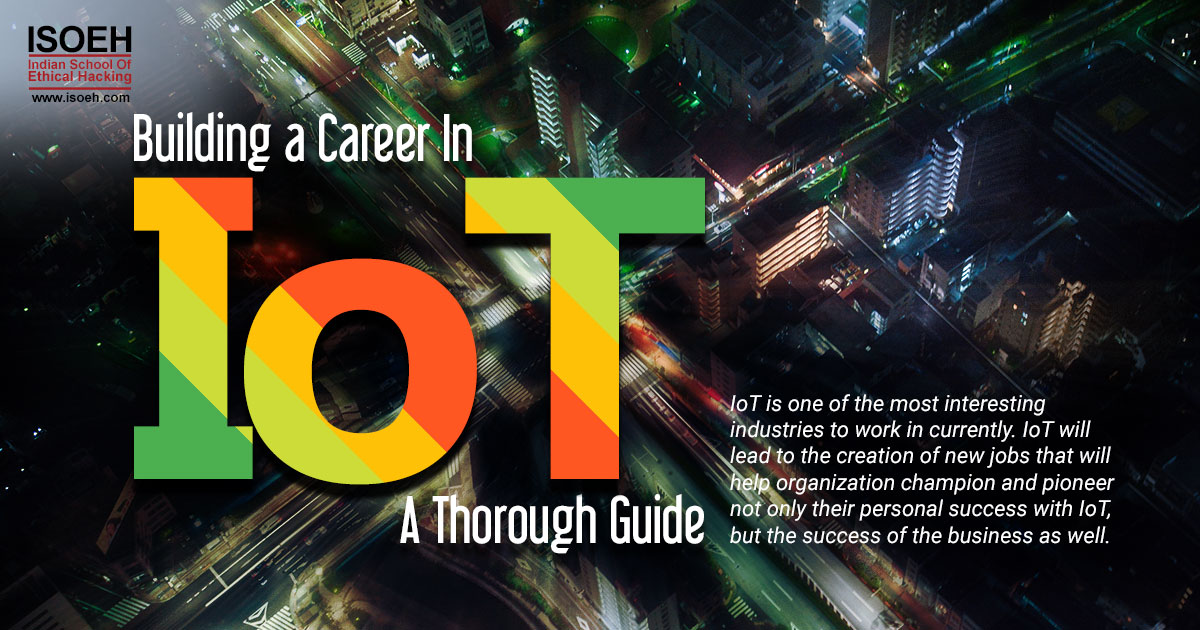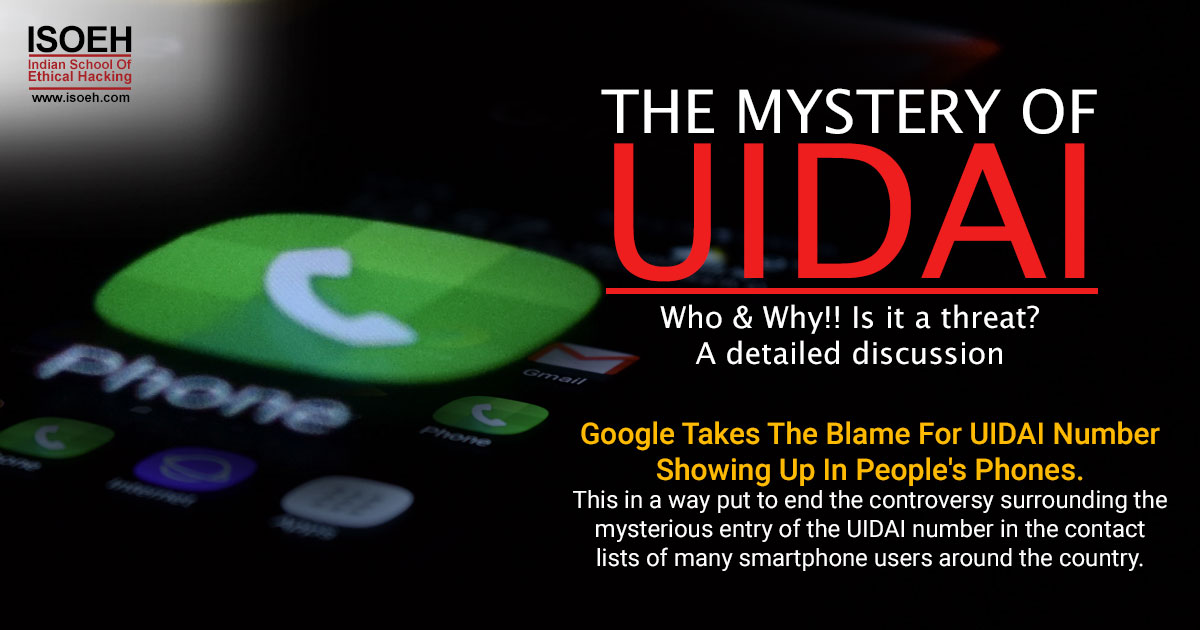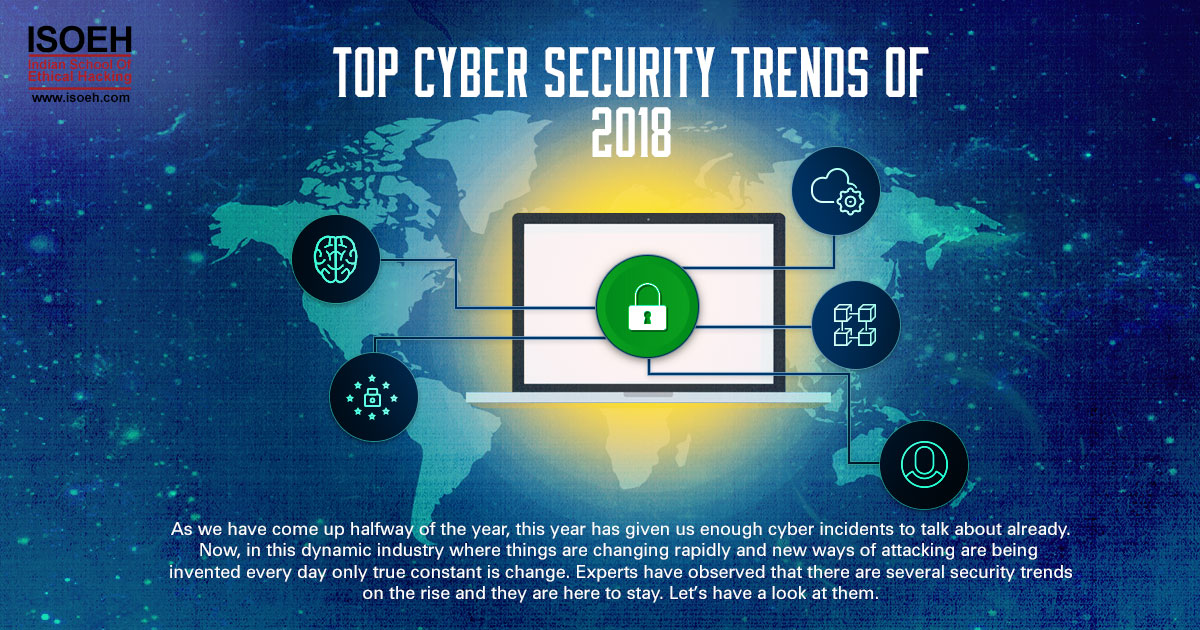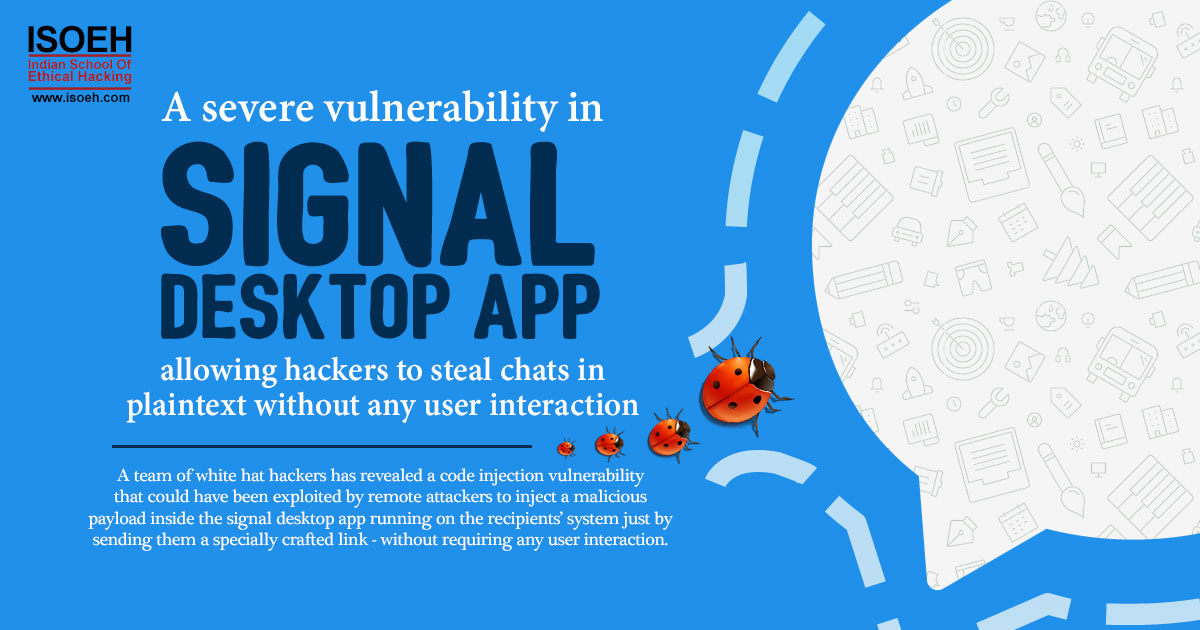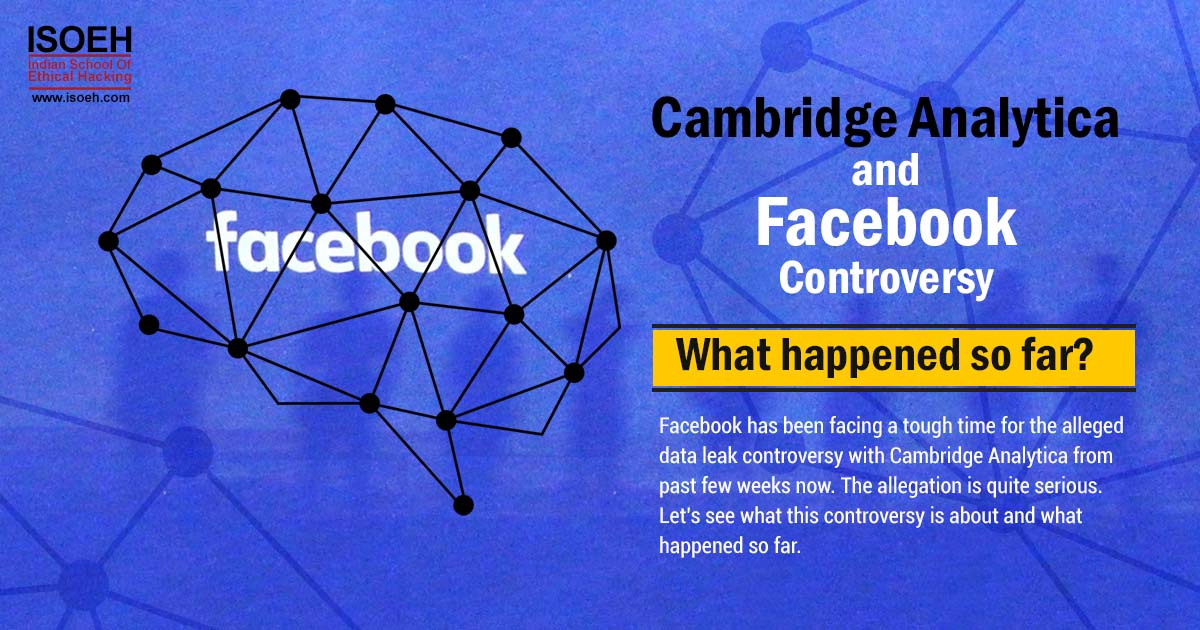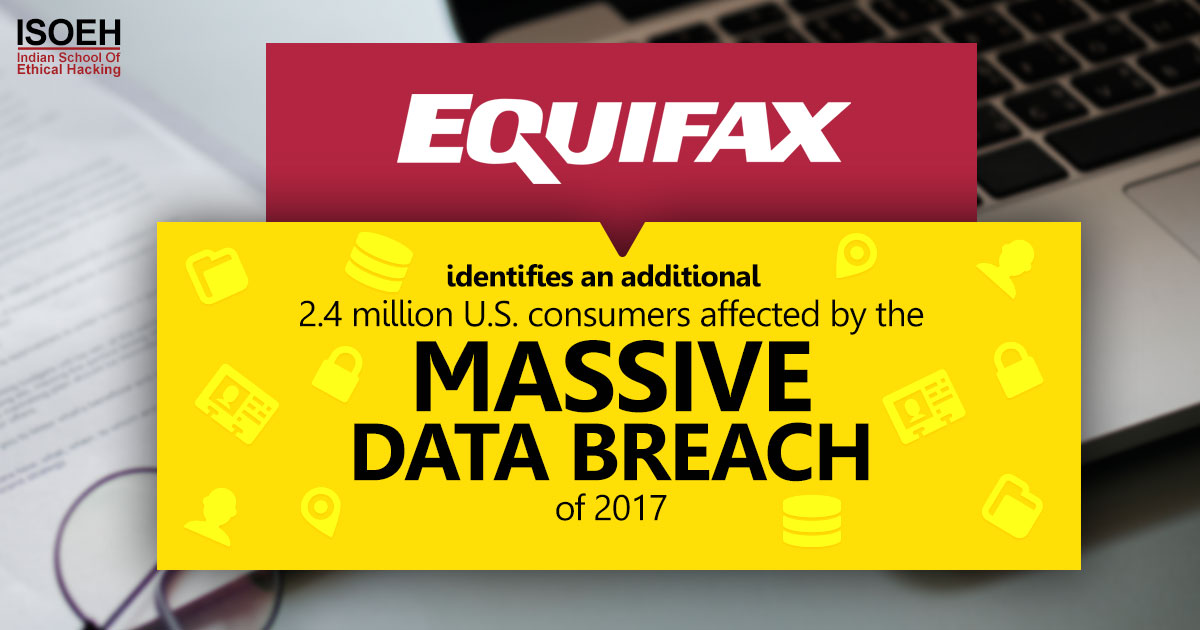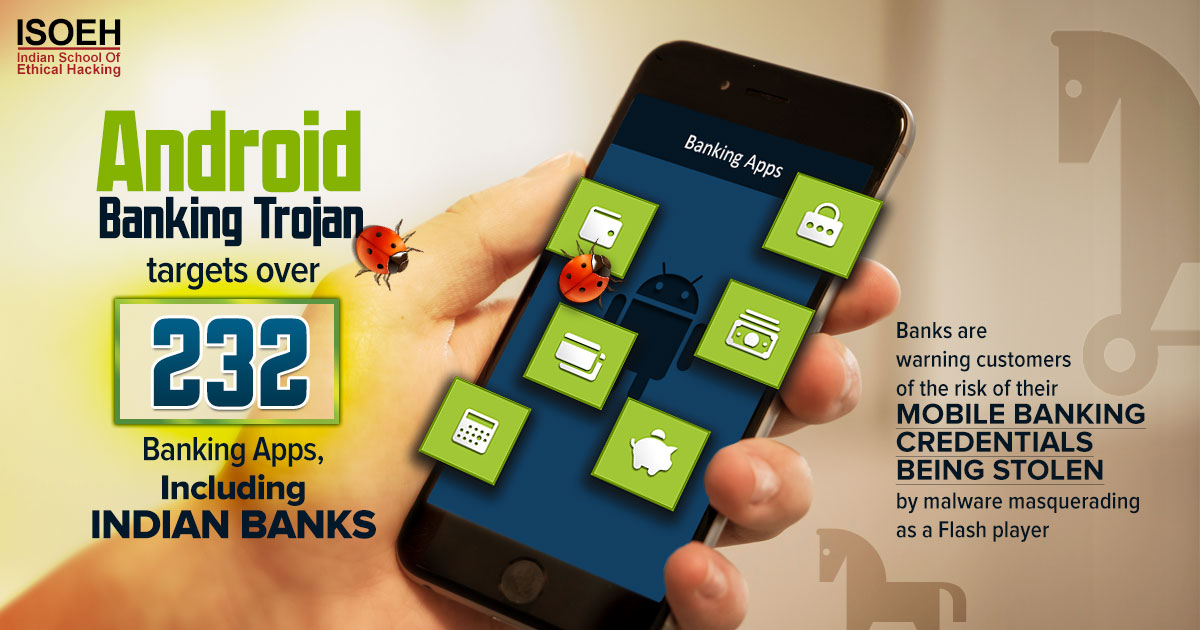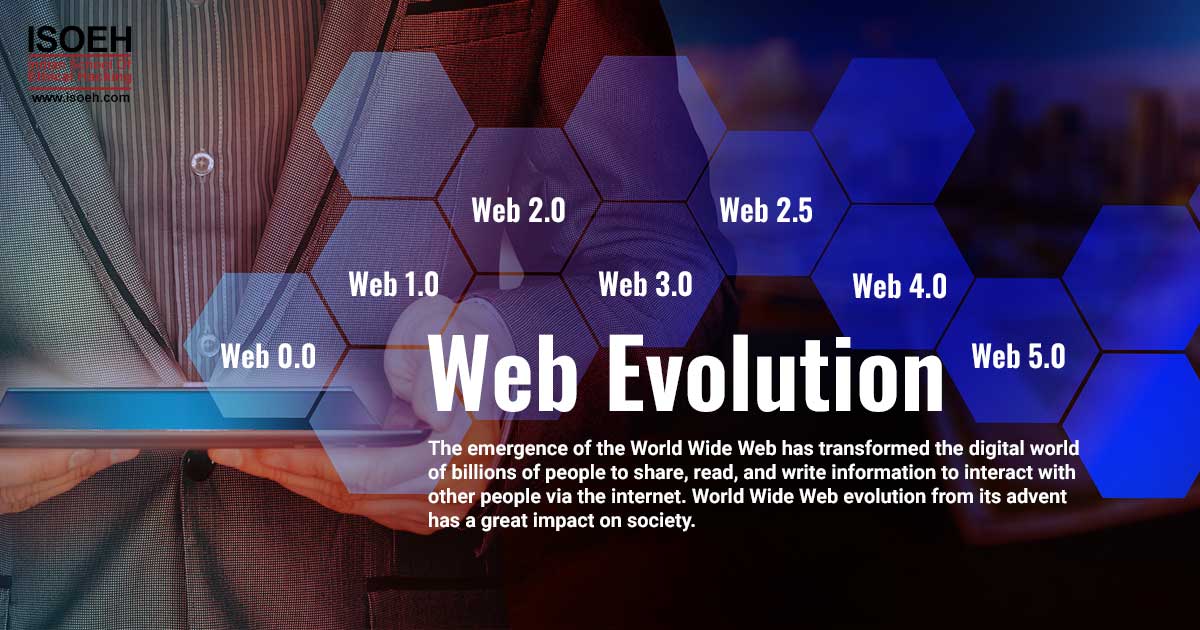
The emergence of the World Wide Web has transformed the digital world of billions of people to share, read, and write information to interact with other people via the internet. World Wide Web evolution from its' advent has a great impact on society.
Web 0.0:
Developing phase of the internet. Before the period of 1990.
Web 1.0:
Web 1.0 also known as Syntactic Web or Read-only Web is the very first version of the web, founded in the era 1990 – 2000. The role of a user in Web 1.0 is limited to reading the information only. There is no option to give any feedback or write any comments to the content producers. Examples are the advent of millions of static websites and personal sites born during this dot com boom. There was no active communication or information flow from the user (of the information) to the creator (of the information). But the information age mushroomed!!!
Web 2.0:
The lack of proper active interaction between user and content creator gave birth to Web 2.0 started from the period of 2000 – 2010, but it is said to be continued till today. It allowed the interaction between the content creator and the users for the first time, which also allows interaction between other users too.In this period every user can be a content producer and all contentsareallowed to be distributed and shared between different other sites. LiveJournal and Blogger were launched in 1999.Now any user can actively interact and contribute their thoughts to the web using different blog platforms. This interaction and contribution changed the total landscape of the web world. This period empowered the common user with new concepts like Blogs, Social-Media,and Video-Streaming.Some of the important Web 2.0 applications are Facebook, YouTube, Flickr, Twitter, etc.The web technologies like HTML5, CSS3, and JavaScript frameworks like ReactJs, AngularJs, VueJs, etc., helped the start-ups to innovate new ideas which in turn helped other users to contribute more to this Social Web. Web 2.0 was intended to buildfor theusers;the producer just needs to build contentto engage the other users.
Web 3.0:
Web 3.0 is a mixture of Semantic Web and Web Service which allows to read, write and execute and the period of this web 3.0 is from 2010 to 2020. It is also referred to as the future of the web. In this period computers can interpret pieces of information like humans via Artificial Intelligence and Machine Learning.Semantic markup implies the communication gap between human web users and computerized applications. One of the greatest organizational challenges of presenting information on the web was that they weren't able to provide context to data, and, therefore, didn't understand what was relevant and what was not.This technologyhelps the users to wisely generate and distribute useful content adapted to a particular need of a user. Web service is a computer system that enables computer-to-computer interaction over the Internet. A few common examples of web 3.0 are Apple's Siri, Googles Cloud API, Wolfram Alpha. The main idea for this web 3.0 technology is to identify relationships between things, can recognize places, people, products, companies, events, movies, etc. It can also guide us on what we like and where to find them. Web 2.0 got information overloaded due to keyword-based search. The following attributes are a part of Web 3.0: Contextual Search.
- Tailor made Search.
- Personalized Search.
- Evolution of 3D Web.
- Deductive Reasoning.
Just like a web doesn't employ any web characteristics, it cannot get obsolete.
Web 2.5:
Web 2.5 primarily focuses on the evolution of mobile technologies and mobile computing. As mobile computing plays a vital role in engaging a vast audience through different mobile apps. Every day new apps are getting into the mobile market to establish their presence by approaching mobile users. Progressive Web Apps (PWA), Accelerated Mobile Pages (AMP), etc. got introduced in this period. It can be said that Web 2.5 is the convergence between the Social and Semantic web.
Web 4.0:
This is not a new version but it is an alternative version of Web 3.0 on the mobile platform. It connects all devices in real and in the virtual world. Web 4.0 adapts the full surroundings and mobile platform. The period is said to be extended to 2020 till 2030.
Web 5.0:
Web 5.0 is the next-generation Web. This is still in developing mode. It will have a linked wave that will communicate with us the same way we communicate with each other like a personal assistant. This will be a “symbiotic” wave and will be the ‘read-write-execution-concurrency web'. It will be about emotional interactions between humans and computers. The interaction will be based on neurotechnology which will map the emotions of humans. An example of this kind is www.wefeelfine.org, which maps the emotions of the user.
Hacking Tools
Explore All Hacking Tools »
UFTP is an encrypted multicast file transfer program for secure, reliable & efficient transfer of files. It also helps in data distribution over a satellite link.
Read DetailsBreaking News
Breaking News Of Each Month »
The recent pandemic was unexpected and unknown to most part of the world. It has changed our life and we are slowly adapting to our new lifestyle. The risks associated with the new lifestyle, both personal & corporate, are unknown to most of us.
Read Details


